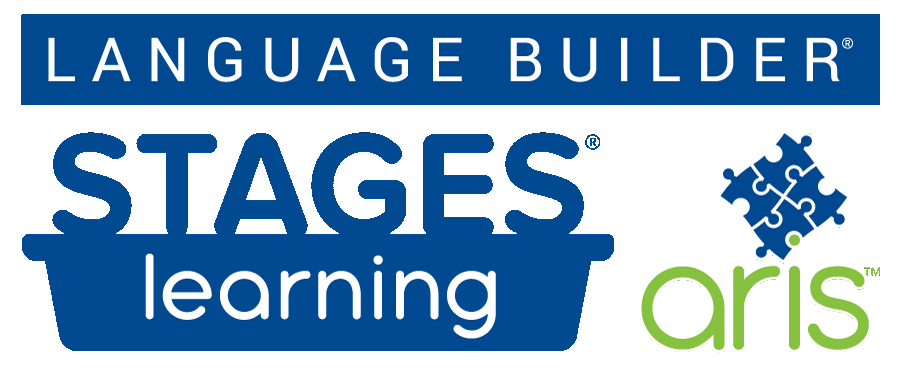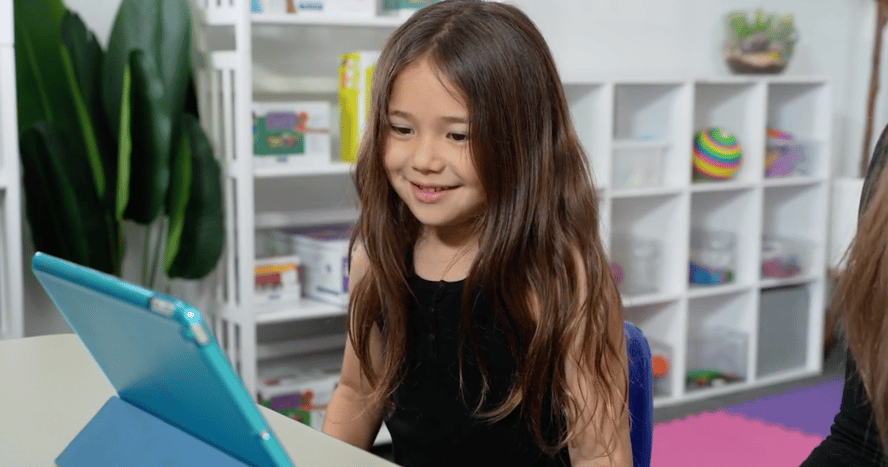
 New routine, new teachers, new classrooms…. New, new, new! This can be stressful for all children, but even more so for children with autism and other special needs. What can you do to minimize stress and maximize success in the new school year? Here are some ABC’s to ensure back to school success.
New routine, new teachers, new classrooms…. New, new, new! This can be stressful for all children, but even more so for children with autism and other special needs. What can you do to minimize stress and maximize success in the new school year? Here are some ABC’s to ensure back to school success.
Activities
What will your child do on a day-to-day basis this year? Which activities will they be doing with a mainstream class? Which activities will they be working on in a one-on-one setting?
As most of you know, for students with federally recognized special needs, an IEP, or Individual Education Program, is a primary component in determining the child’s educational needs and goals, and to tailoring their school activities to meet those needs and goals.
The IEP process is complex, but you have a great deal of power and influence in this process. Be sure to come prepared with your own list of questions and goals. If you feel that your child needs specialized materials to support his or her school activities, this is your chance to have these products written into the IEP. Families have successfully advocated for products such as the Language Builder Picture Cards be purchased for their child’s use in the classroom.
For a wonderful 26 page guide to help you understand the IEP process, visit http://www.autismspeaks.org/sites/default/files/iep_guide.pdf and check out our IEP Pinterest board.
Remember, you know your child better than people who have just met him or her. You know what activities they are good at, and what areas they need to focus on. Even outside of the IEP process you can help guide teachers on how to help your child succeed and learn.
Bridges
To provide comforting continuity for your child at back to school time, and throughout the year, you need to build bridges to link the school environment with the home environment and with the network of other professionals who work to support and educate your child. Communication and consistency are critical to your child’s success.
Set up a system to share information among all of the professionals in your child’s life. Some ideas include:
- Send a journal to school and to therapy sessions. Ask the teachers and therapists to keep a log of how your child did during the day. Be sure to have them include specifics on the skills they are practicing so you can reinforce those at home.
- Practice playing games at home that are appropriate for your child to play at school with his or her peers. For example, Picture Recognition Bingo is really just a receptive labeling task. Practice playing Bingo at home, and then talk to the teacher about setting up a time for your child to play Bingo with a few mainstream peers, or perhaps with a whole class.
- Keep accurate data of your child’s progress in therapy sessions. Have all of your therapists keep records, and make regular copies of these records to take to the school. Discuss with your child’s teacher how the therapy records compare to classroom performance. Here is a link where you can download Free Data Sheets to help you in your record keeping process.
- Request team meetings among all of the professionals in your child’s life so you can make sure everyone is on the same page.
Building these types of bridges will make sure that everyone in your child’s life is consistently practicing and reinforcing the same skills.
Communication
Communication is the key to your child’s success in the new school year. This is not just communication between teachers, home and other professionals as we discussed above; don’t forget to also communicate with your child before, and throughout, the back to school experience.
To help your child prepare for a successful back to school experience, you should start talking about it a few weeks ahead of time. We all know transitions are difficult for children with autism and special needs. If your child knows what to expect, they will be more comfortable with their new environment and new routine.
You can start by arranging a visit to the school before the new year starts. If your child can see the room before the first day of school, it may help to ease the stress and make them more comfortable. If you can, take pictures of the school, the classroom, the playground and the teacher. Share these pictures with your child often over the days leading up to the new school year.
Another way that you can communicate with your child about the upcoming change is to use pictures as a visual cue. For example, use pictures of a backpack, lunchbox, bus or other items to help plan and discuss the events that are part of the back to school process. Set up a picture schedule that you can discuss ahead of time and follow on each school day.
Finally, prepare your child with possible ways to handle the situations that will come up in the new school year. Discuss possible scenarios and the emotions your child may feel in these scenarios. Rehearse positive ways to deal with these emotions ahead of time.
The new school year is an exciting time, with new opportunities, new lessons, and new friends. With a little forethought and planning you can make sure that back to school is a positive experience for everyone!
Still a little overwhelmed with the thoughts of back-to-school, inclusions, and school readiness? Don't miss our blog on "Integrating Your Child into the Mainstream Class."






